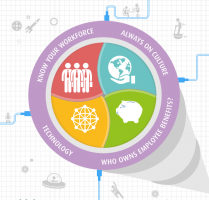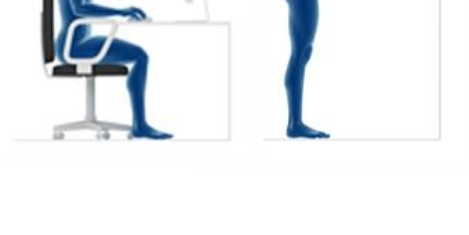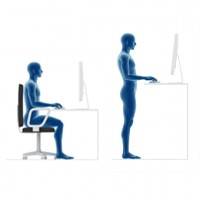August 25, 2015
The long hours culture may be making us unwell and less productive 0
 We should have worked out by now that long hours and productivity are not the same thing. It’s been a long-standing issue in the UK where people manage to combine some of the longest working hours in Europe with levels of productivity that fall habitually some way behind those of our partners on the mainland. Over the past couple of weeks a couple of reports have been published which not only make the point that the long hours culture and an obsession with work may actually be reducing our productivity and even harming us physically, emotionally and psychologically. The range of ailments associated with the dysfunctional ways we work include stress, stroke, deep vein thrombosis, relationship breakdown, a range of infections and feelings of isolation. The question they posit is whether it’s all worth it, especially if we’re not getting as much done as we’d like to think.
We should have worked out by now that long hours and productivity are not the same thing. It’s been a long-standing issue in the UK where people manage to combine some of the longest working hours in Europe with levels of productivity that fall habitually some way behind those of our partners on the mainland. Over the past couple of weeks a couple of reports have been published which not only make the point that the long hours culture and an obsession with work may actually be reducing our productivity and even harming us physically, emotionally and psychologically. The range of ailments associated with the dysfunctional ways we work include stress, stroke, deep vein thrombosis, relationship breakdown, a range of infections and feelings of isolation. The question they posit is whether it’s all worth it, especially if we’re not getting as much done as we’d like to think.








































August 6, 2015
Three quarters of employees admit to taking work on holiday with them 0
by Sara Bean • Comment, Flexible working, News, Technology, Workplace
More →